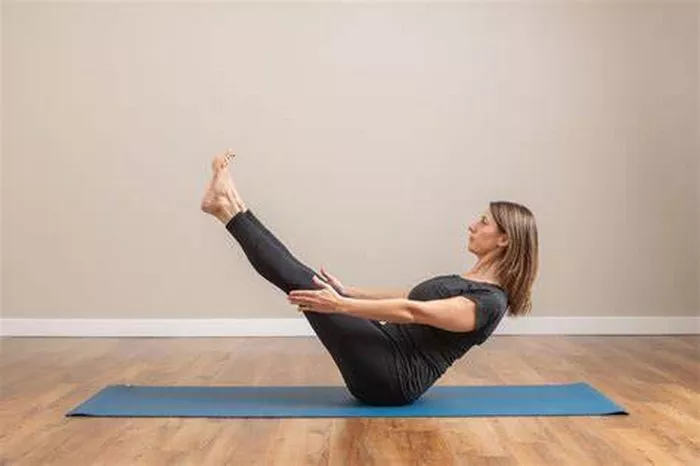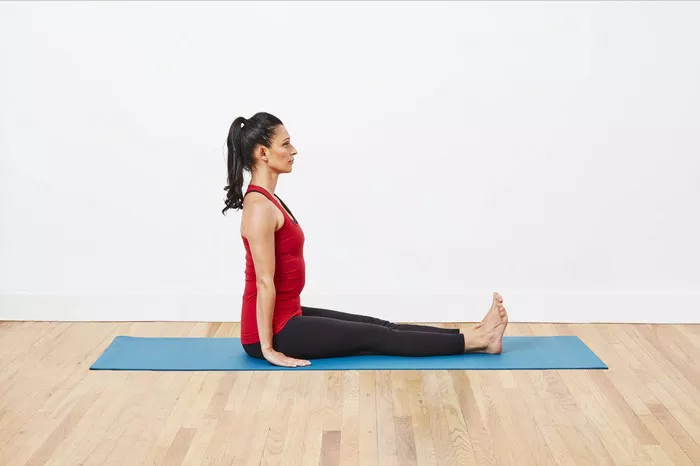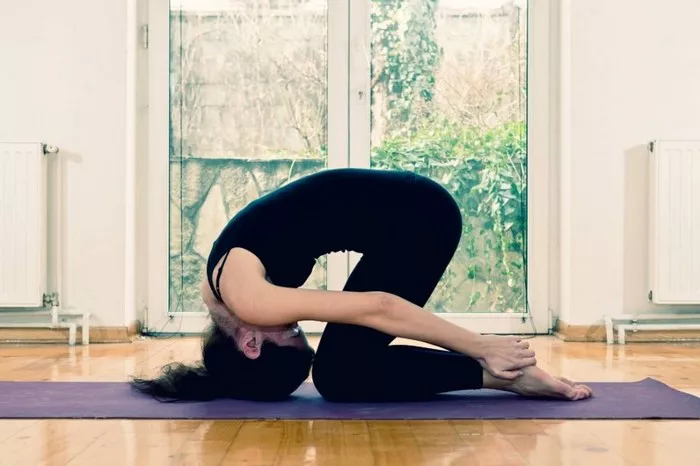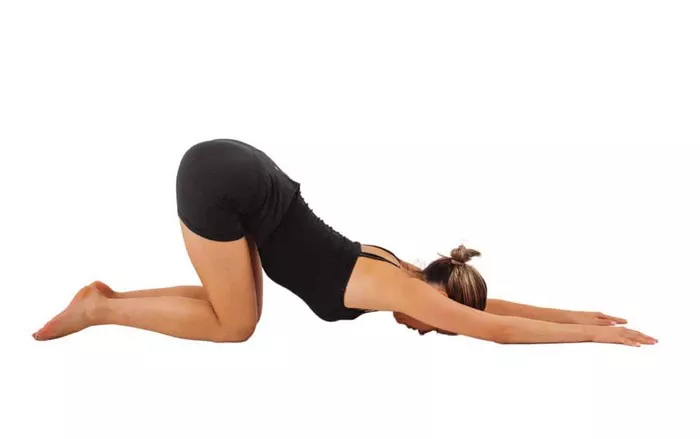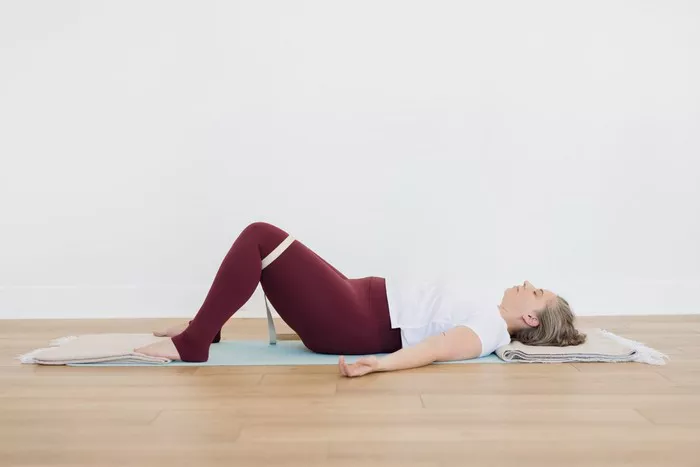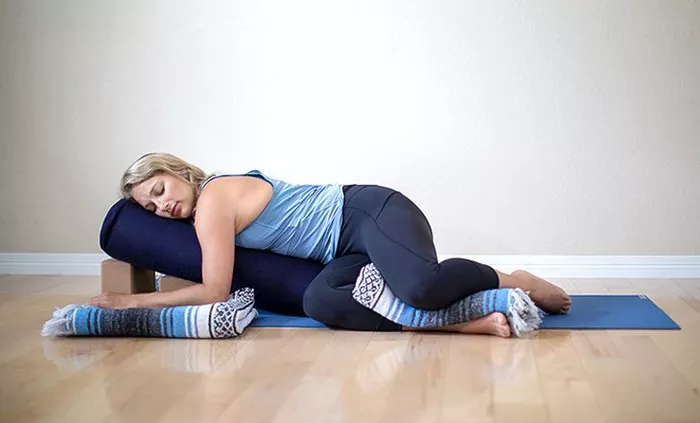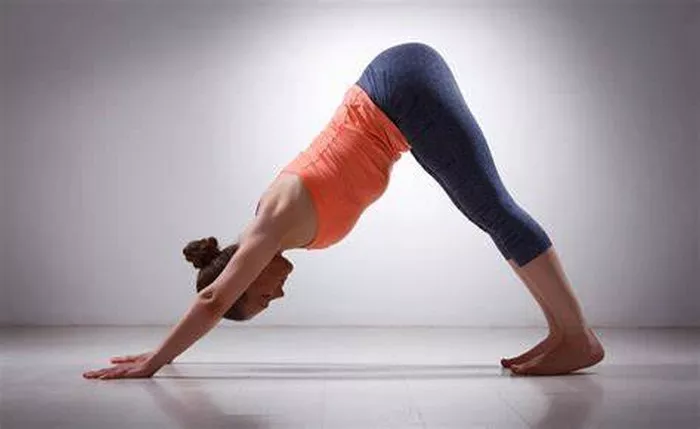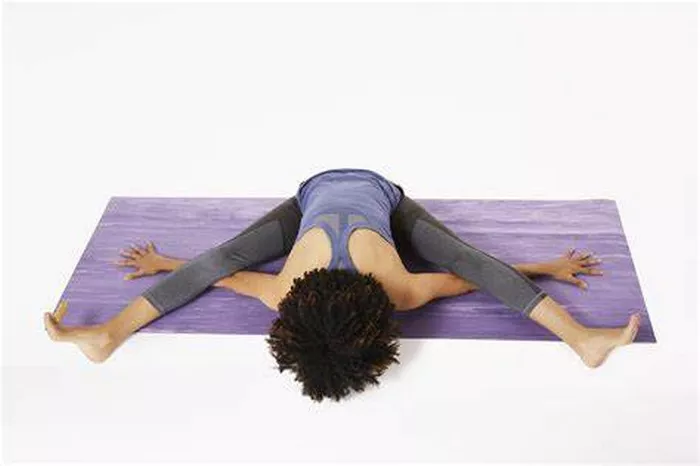Yoga balls, also known as stability balls or exercise balls, are commonly used in fitness routines, physical therapy, and even as alternative office seating. They are typically made from a soft, elastic material such as PVC, and are designed to be inflated with air. These balls are engineered to maintain their shape under pressure while offering enough give for comfort and utility.
The structural integrity of yoga balls depends significantly on the quality of the material and the precision of the manufacturing process. Most high-quality yoga balls are designed to be anti-burst, which means they deflate slowly rather than exploding if punctured. However, even the best yoga balls are not immune to gradual air loss. Understanding how and why this occurs can help users maintain their equipment more effectively.
Common Causes of Yoga Ball Deflation
- Porous Material: Even premium PVC is somewhat porous. Over time, air can slowly escape through the material itself, especially if the ball is used frequently or exposed to temperature changes.
- Valve Leaks: The valve through which the ball is inflated can become a weak point. Dust, dirt, or wear can prevent the valve from sealing properly, leading to a gradual leak.
- Punctures or Small Tears: Sharp objects, rough surfaces, or excessive weight can cause tiny punctures or tears that slowly leak air.
- Temperature Fluctuations: Air expands and contracts with temperature changes. Cold environments may make the ball seem deflated, while heat can cause over-expansion and stress the material.
- Overuse: Constant stretching and pressure over time can break down the material, making it more prone to leaks.
Understanding these causes can help users take preventative steps and ensure their yoga ball remains functional for a longer period.
Signs Your Yoga Ball is Deflating
Recognizing the signs of deflation is essential to prevent accidents and maintain the effectiveness of your yoga ball exercises. Here are key indicators:
- Softness: If the ball feels softer than usual or your body sinks too far during use, it may be underinflated.
- Visible Flattening: When not in use, the ball should retain a firm, round shape. If it appears flattened at the bottom, it may be losing air.
- Frequent Re-Inflation: Needing to inflate the ball more often than once every few weeks may indicate a slow leak.
- Audible Hissing: A hissing sound, especially near the valve or seams, often signals air escaping.
If you observe these signs, it might be time to inspect or repair your yoga ball.
How to Properly Inflate and Maintain Your Yoga Ball
Maintaining proper inflation and care can extend the life of your yoga ball. Here are steps and tips for optimal upkeep:
Inflation Steps:
- Check the Maximum Diameter: Know the correct size for your ball. Common diameters include 55cm, 65cm, and 75cm.
- Use the Right Pump: Use the pump provided or a compatible one to avoid damaging the valve.
- Inflate Gradually: Fill the ball to about 80% of its full size, then let it sit for 24 hours before inflating it to full size.
- Check Firmness: The ball should be firm but have a little give when you press it.
Maintenance Tips:
- Clean Regularly: Wipe with a damp cloth to remove dust and debris that can wear the material.
- Store Properly: Keep away from sharp objects and direct sunlight.
- Avoid Overloading: Do not exceed the recommended weight limit.
- Inspect for Damage: Periodically check for signs of wear or leaks.
Regular maintenance can significantly enhance the lifespan and performance of your yoga ball.
How Long Do Yoga Balls Typically Last?
The durability of a yoga ball can vary depending on several factors including brand, usage frequency, and maintenance practices. Generally, a high-quality yoga ball can last between 1 to 5 years with regular use.
Balls used daily, especially in environments like gyms or physical therapy offices, may experience faster wear and require replacement more frequently. On the other hand, yoga balls used occasionally at home and stored properly can last significantly longer. Manufacturer warranties and user reviews can also provide insight into expected longevity.
Always consider the manufacturer’s guidelines regarding usage and replacement. Even if a ball looks intact, its material can weaken over time, compromising safety.
What to Do If Your Yoga Ball Deflates
If you suspect your yoga ball is deflating, the first step is to identify the cause. Here’s a systematic approach to troubleshooting and resolving the issue:
- Inspect the Valve: Check for debris or poor sealing. Re-seat the valve if necessary.
- Look for Leaks: Submerge the inflated ball in water or use soapy water on the surface. Bubbles will indicate where air is escaping.
- Patch Small Punctures: Use a repair kit if the hole is small and the material is otherwise intact.
- Replace if Needed: If the leak is large or the ball is old and worn, replacement may be the safest option.
Avoid continuing to use a ball that won’t hold air as it can pose safety risks during exercise.
Tips to Extend the Life of Your Yoga Ball
Taking proactive steps can help extend your yoga ball’s usability. Here are some actionable tips:
- Use a Yoga Mat: Place the ball on a soft surface to avoid contact with rough or sharp floors.
- Avoid Direct Sunlight: UV rays can weaken the material over time.
- Keep Pets Away: Pet claws and teeth can easily puncture the ball.
- Avoid High Heat: Store in a cool, dry place to prevent material degradation.
- Monitor Inflation Levels: Check air pressure regularly to maintain optimal firmness.
Implementing these practices can save money and ensure a safer workout experience.
Choosing a High-Quality Yoga Ball
Investing in a high-quality yoga ball from a reputable brand can reduce the risk of premature deflation. Here’s what to look for:
- Material Quality: Look for anti-burst, thick PVC construction.
- Weight Capacity: Choose a ball that supports at least 250 lbs, preferably more.
- Reputable Brand: Brands with positive reviews and good warranties are often more reliable.
- Included Accessories: A pump, measuring tape, and repair kit add value and utility.
Read product descriptions carefully and consult user reviews to find the best option for your needs.
Conclusion
Yes, yoga balls do deflate over time, but with proper care, their lifespan can be significantly extended. Regular inspections, mindful storage, and appropriate usage are key to maintaining their performance. Whether you use your yoga ball for core strengthening, balance training, or as a desk chair, being proactive about its upkeep ensures safety and effectiveness.
Understanding why deflation occurs and how to prevent it empowers users to get the most from their investment. By choosing the right product and maintaining it properly, you can enjoy the many benefits of a yoga ball for years to come.
Related Topics:

